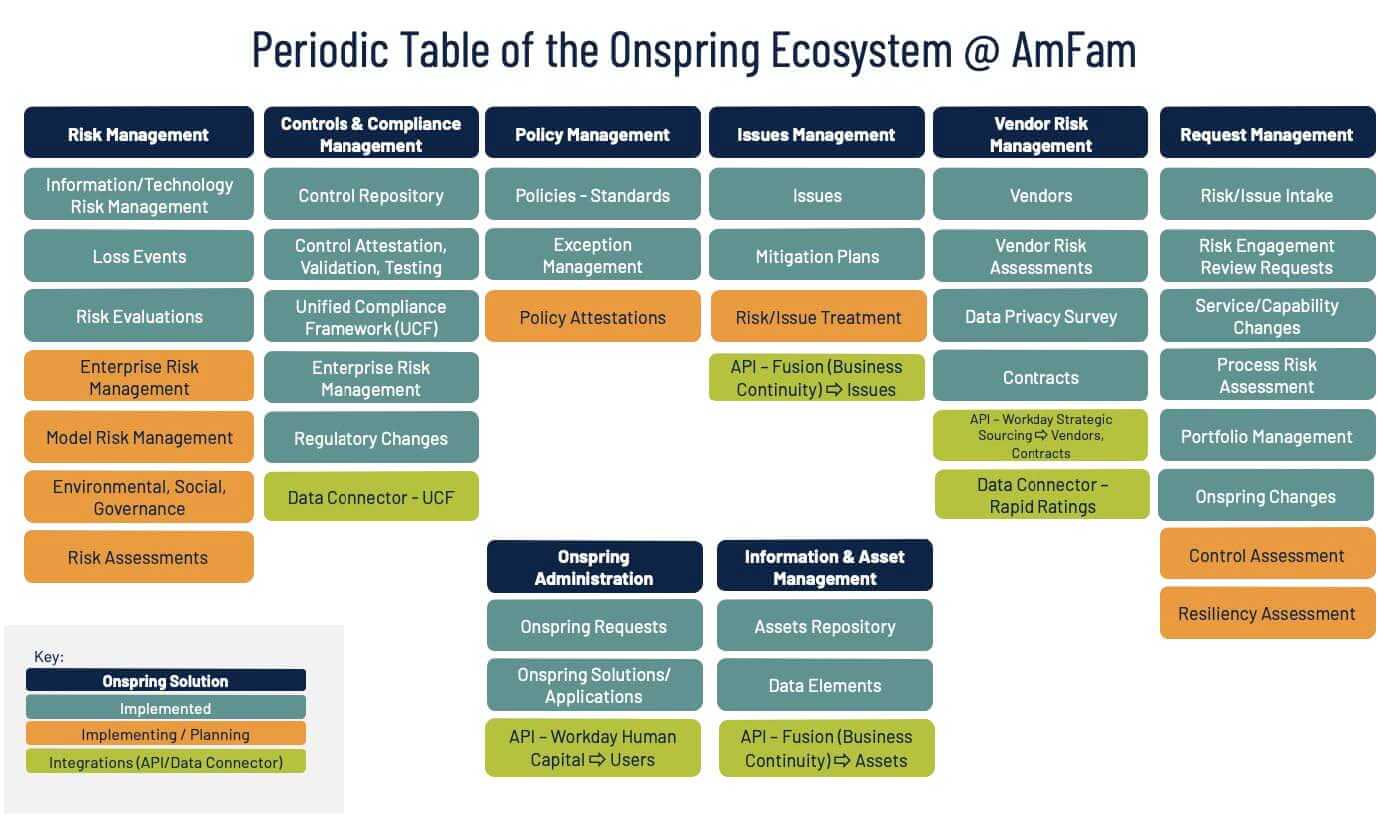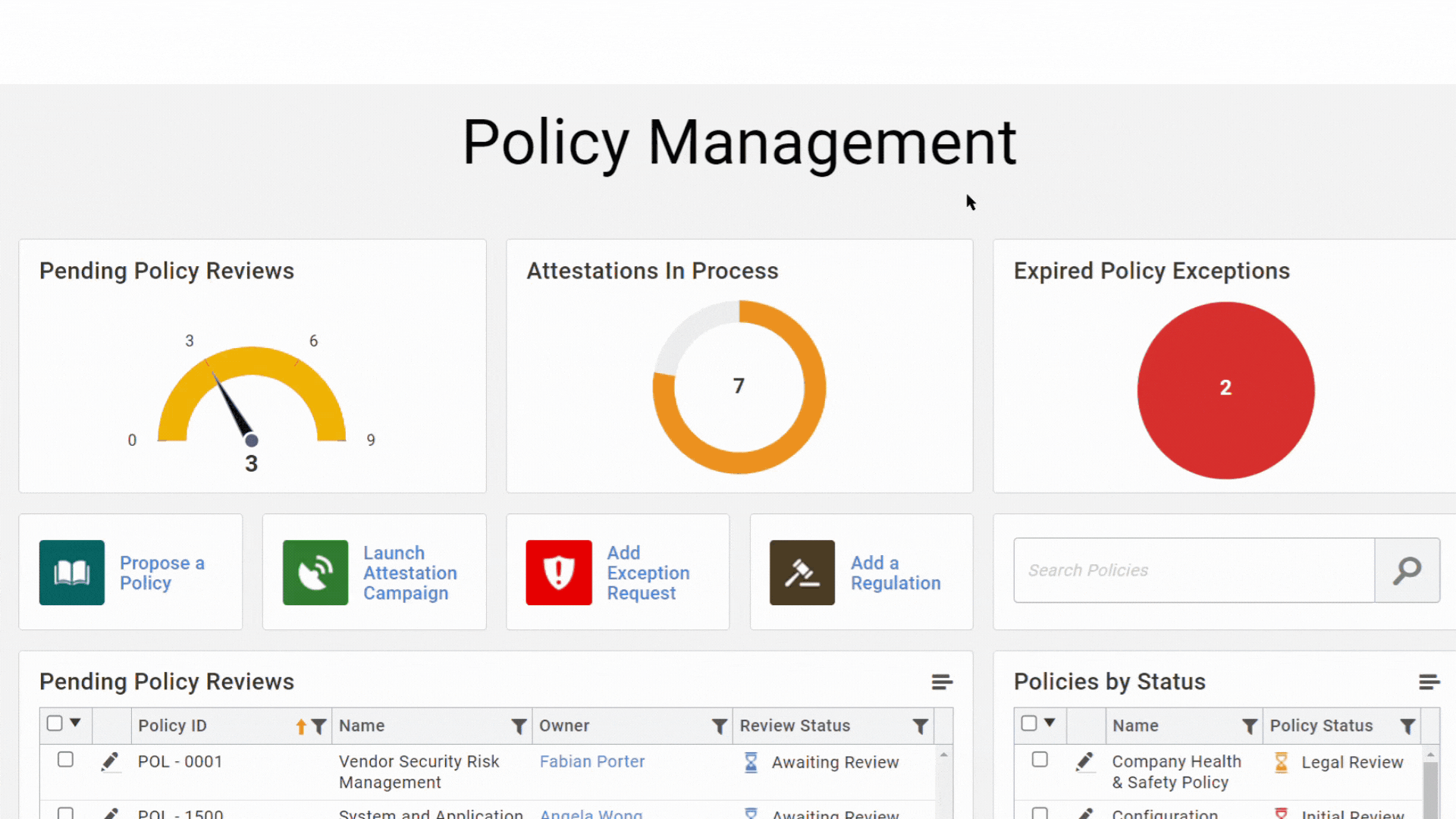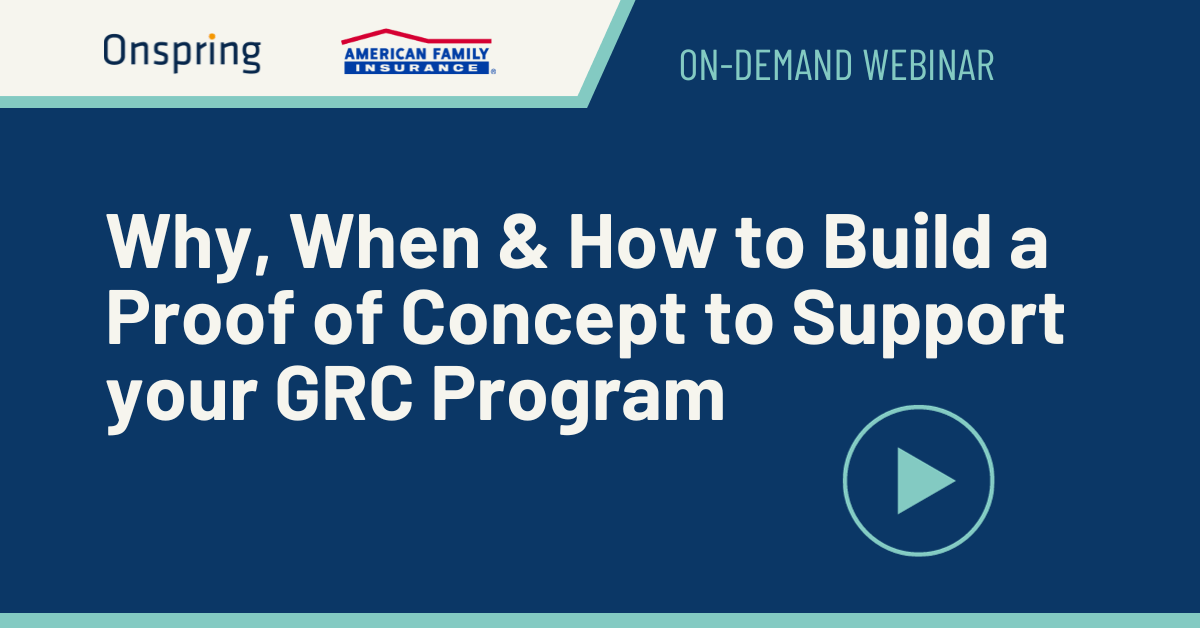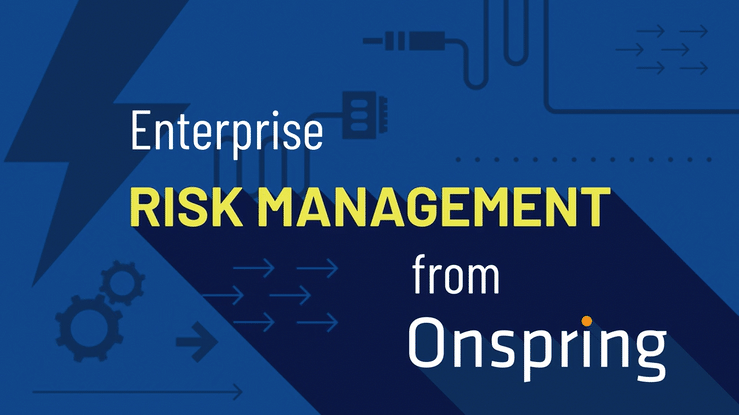Proof of Concept Lifecycle Process
Learn how to apply this approach to drive quick ROI and long-lasting business value.
You may be at the point where you’re starting to get requests from multiple functional teams or departments to automate their spreadsheets and reporting. As the value of Onspring’s automation and reporting grows across your organization, the pace of those requests increases while the size of your team responsible for implementation remains the same.
In this type of environment, the best way to handle the volume of incoming requests and deliver value to the business is by utilizing a proof of concept lifecycle process. Deploying an evaluation strategy for new intake requests helps you determine what ideas deliver the most value. These ideas can be brought to life through a proof of concept to validate ROI assumptions before spending the timing and effort on a full use case implementation.
Here, we’ll walk through the proof of concept process American Family Insurance follows in Onspring.
Proof of Concept (POC) lifecycle process
New requests and ideas from functional teams and departments can be handled using a four-step proof of concept lifecycle process. This process evaluates the relevancy and returns of a business case before a project is fully implemented in Onspring. This four-step proof of concept lifecycle process is also how the GRC technology team at Amerian Family Insurance manages the 500+ requests received from across their organization.
STEP 1: Business considerations
STEP 2: Develop and configure a demo
STEP 3: Test and prepare results
STEP 4: Plan for implementation
STEP 1: Ideas and Considerations
The first step in the proof of concept lifecycle process clarifies the business need, primary use cases, and the outcomes that determine whether or not the business moves forward with full implementation. These data inputs determine whether or not a green light is awarded for the idea to continue as a proof of concept.
“In our specific evaluation approach, one criterion is whether or not the business case at hand uses existing applications in Onspring,” said John Aaholm, GRC Technology Leader at American Family Insurance. “If it does and the value of the proposed idea is high, we move forward with a trial instance inside Onspring to start building the proof of concept.”

STEP 2: Develop and Configure a Demo
The next stage in the proof of concept lifecycle process is building a working demonstration of the requested idea. In this stage, an Onspring administrator configures the platform’s drag-and-drop fields, layouts, and process workflows to meet the requested specifications. This is also when data visualizations are created in graphics and aggregated reports on dashboards.
At this point, the use case is similar to a minimum viable product (MVO) for presentation to the requesting team to begin the next stage of the process.

STEP 3: Test and Prepare Results
During this stage, the end-user/requesting team tests the proof of concept in Onspring. End users simulate the initiation of projects and tasks in the platform and consume the metrics presented in reports and dashboards.
This testing process demonstrates how the applications in Onspring will deliver time savings and cost efficiencies for the use case if fully deployed. End-users conducting the testing will often find suggestions and improvements in the application and automation. These inputs help in the decision-making process to greenlight the proof of concept into a full implementation.
During the testing stage, American Family Insurance evaluates functionality, impact on cost, impact on change management, scope and resources needed for full implementation, and any present or future risks and blockers to make a greenlight decision.
STEP 4: Plan for Implementation
When a proof of concept is approved for full implementation, a documentation process begins that follows the software development lifecycle.
-
- Refine business requirements
Feedback generated during the testing phase is applied to the application documentation. Adjustments to the business requirements that impact configuration in Onspring help define timelines, level of effort, and improved business impact. - Design full workflow plans, reports, and dashboards
Detailed configuration plans created on process workflows, automation actions, notification settings, report displays, and dashboards that fulfill the entirety of the use case. - Configure in Onspring
Onspring administrators use the platform’s drag-and-drop functionality to build the workflow and reporting automation, plus user settings and control access levels to meet specifications. The proof of concept phase gives teams a running start to the configuration phase, which means this stage of the process is relatively quick. - Test and deploy
Another round of testing is conducted to identify any bugs, fixes, or errors before deploying to widespread to various teams. For new applications in use by new end-users, we recommend hosting a series of onboarding sessions to ensure team members understand the new process in Onspring.
- Refine business requirements
Results from your proof of concept (POC)
A proof of concept jumpstarts an implementation and expedites the entire process because a fair bit of work has already been done. However, it’s important to incorporate any risks, barriers, costs, and future support requirements during the implementation stage.
“One thing Onspring does really well that has made our proof of concept process so efficient and effective is separating the trial environment from the development environment,” said Aaholm.
“It was helpful for us to go into our trial instance to view revised dashboards while our development environment was being created for a specific proof of concept. Additionally, we can make changes in the test environment with more agility and responsiveness before we push them to the development environment.”

John Aaholm
GRC Technology Lead

When a proof of concept has moved to the end of an implementation phase, the GRC technology team at American Family Insurance creates guides and documentation for end-users and stakeholders to reference. Business owners receive educational information on the specific application builds in Onspring, including user guides for each role utilizing the use case.
Tips for a successful proof of concept lifecycle process
As you’ve read this article, it’s likely that you’ve associated yourself with one of two camps: the group requesting the proof of concept or the team/technical resource delivering on that request. Depending on which audience you gravitate towards, it’s important to think about the business value you can deliver through your particular advantage.
- If you’re requesting the new process or enhancement, communicate to your Onspring technical lead the project’s end goal and success metrics.
- If you’re the Onspring administrator, focus on the smartest and most efficient way to build a proof of concept. Plus, advise your end-users with technical recommendations to improve their overall experience and deliver stronger business value.
Both teams should be vocal about what is required and possible to clarify expectations and outcomes. This bilateral communication solves business challenges faster. With all of those put together, you’ll have an easier time identifying the right solution and experience a successful implementation.
Actionable insights we think you’ll like
Risk Control Matrix (RCM): Quick Guide to Building Business Resilience
A risk control matrix helps businesses identify, evaluate, and prioritize risks. Learn how this tool aids in resilience and continuity.
Quick Guide: SOC 2 Compliance Requirements
Discover how SOC 2 compliance aligns with the 5 Trust Services Criteria to enhance data security and operational excellence.
Quick Guide: What is SOX Compliance?
Explore how companies achieve SOX compliance, including cybersecurity integration, to maintain corporate integrity and investor confidence.









